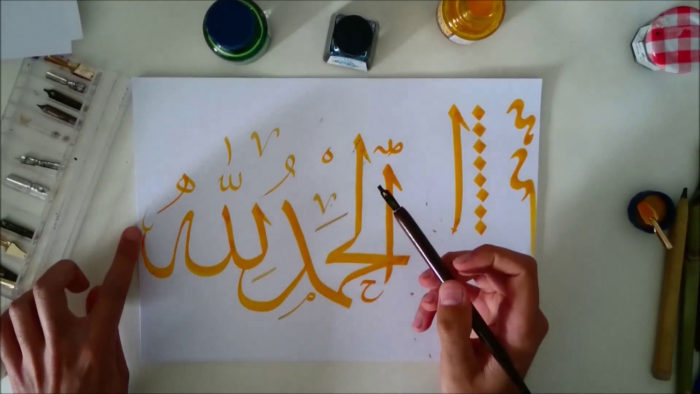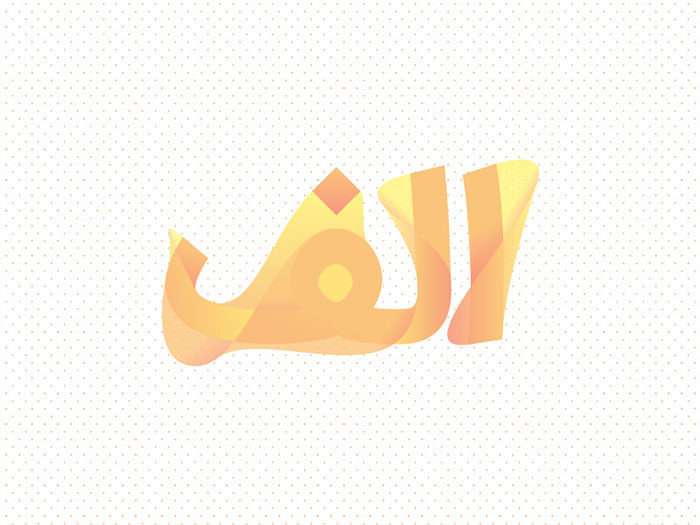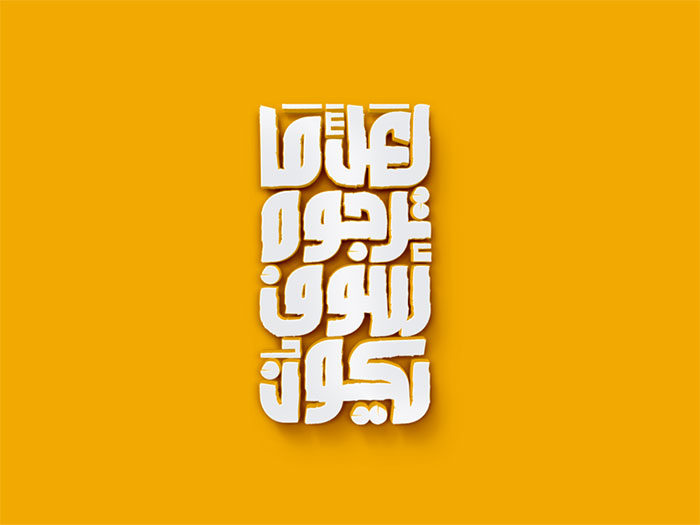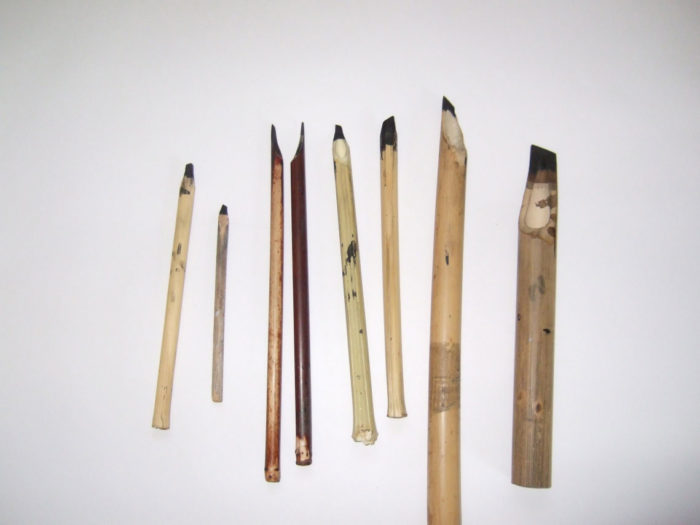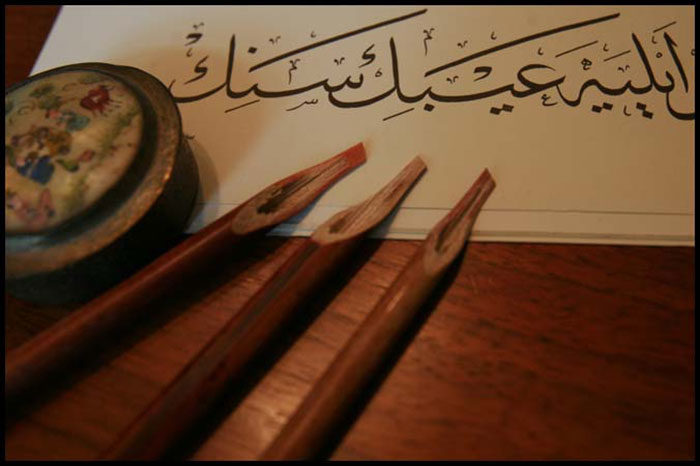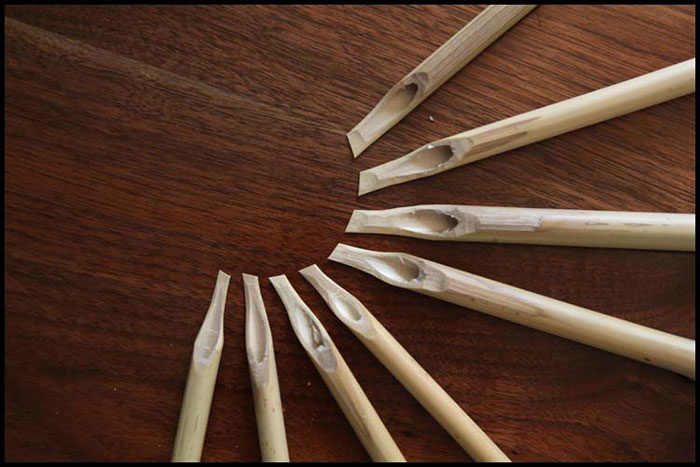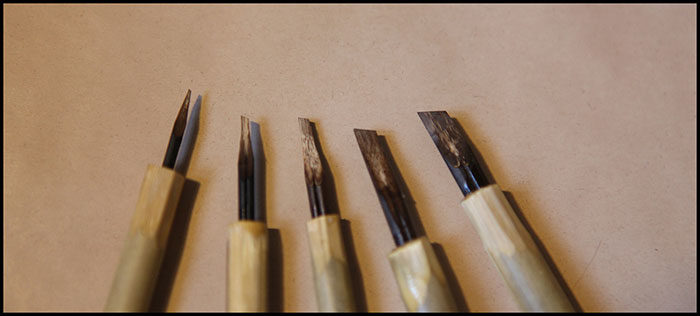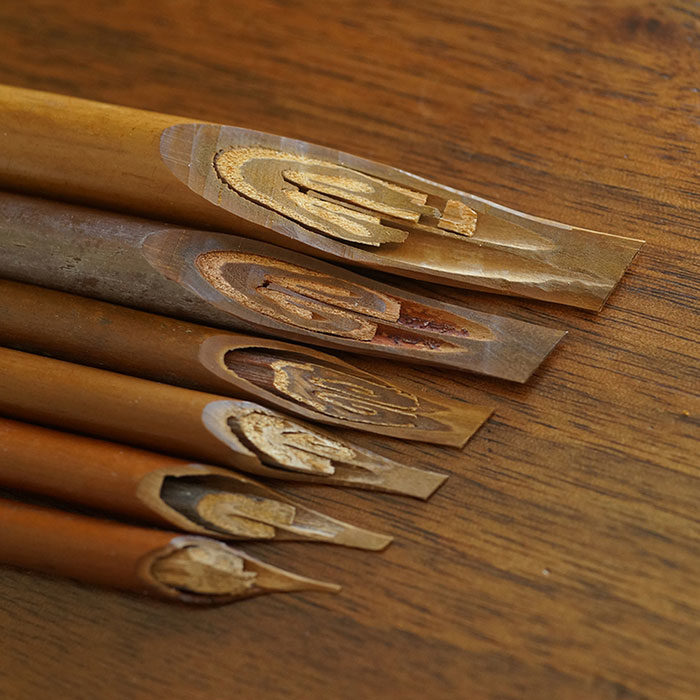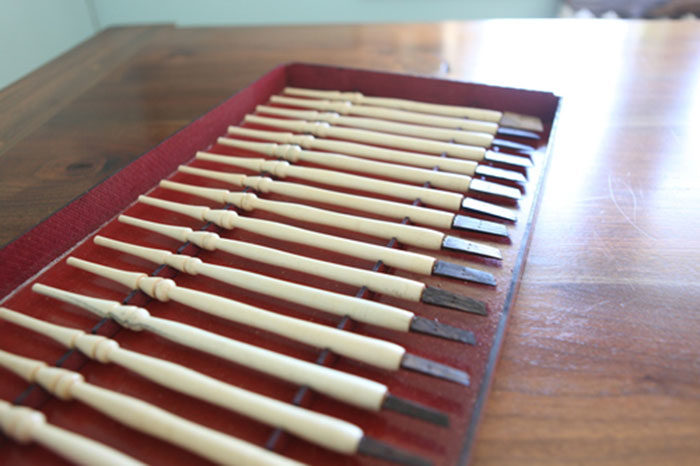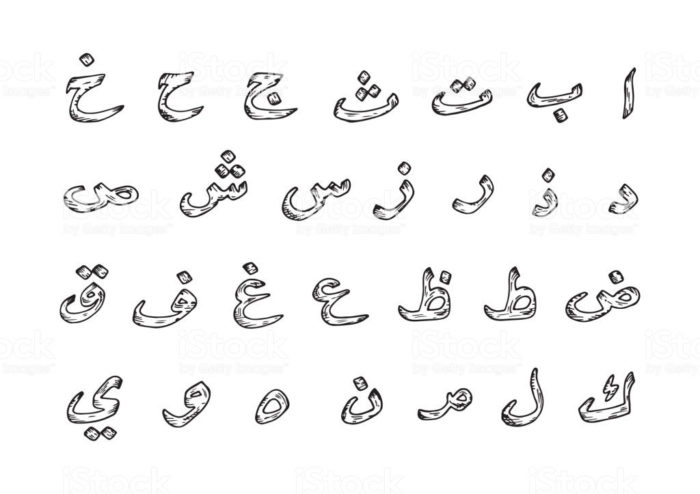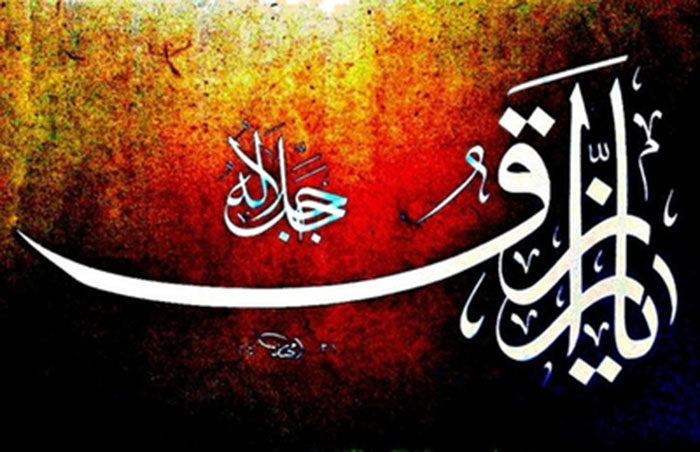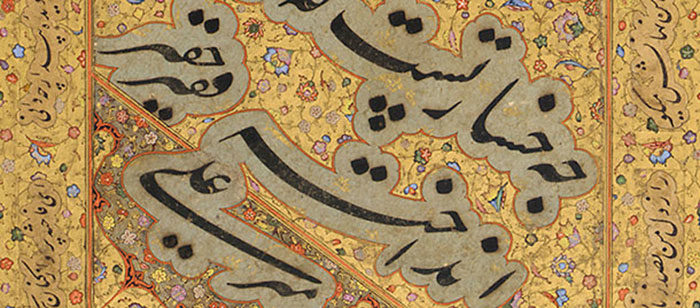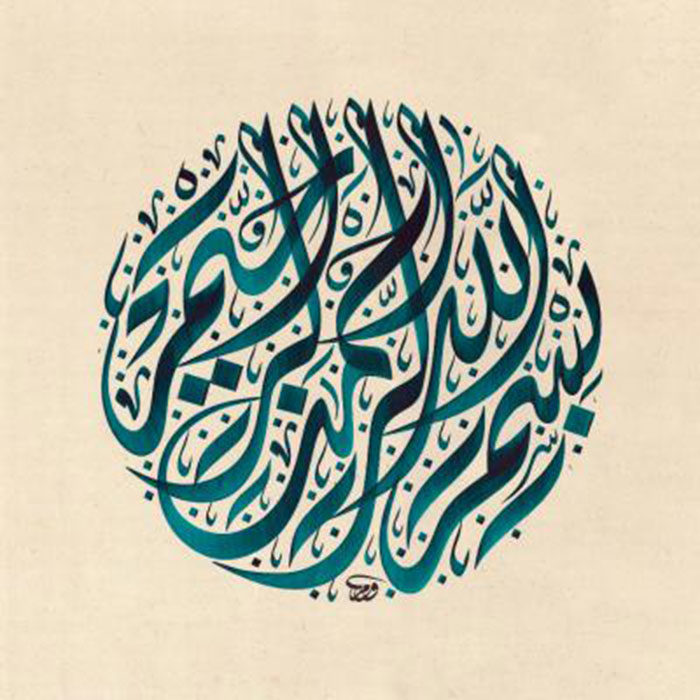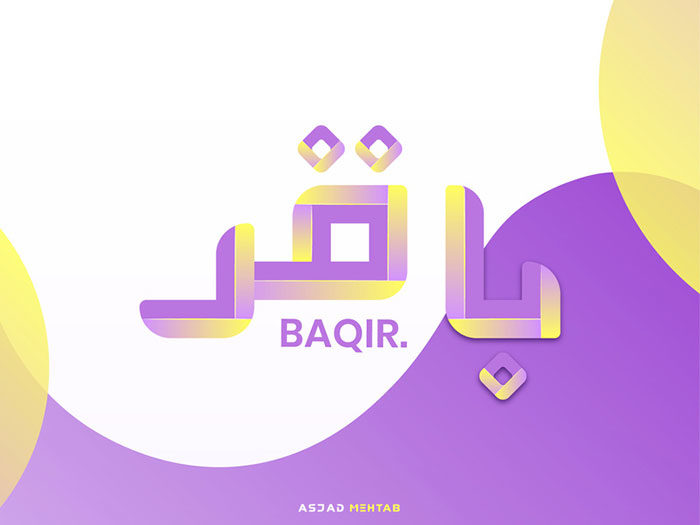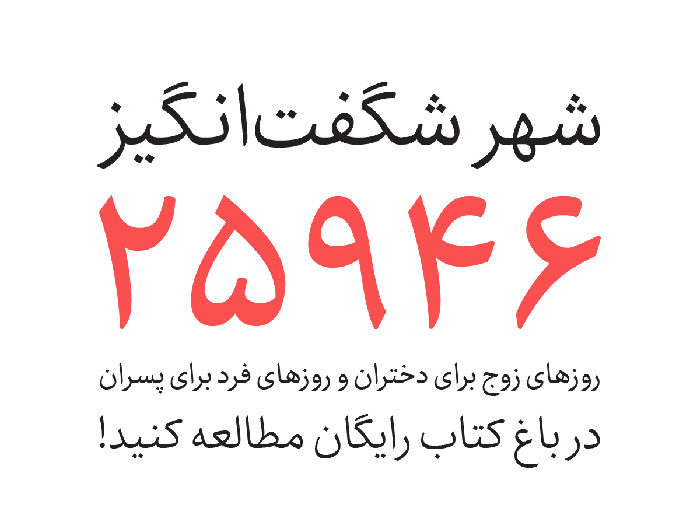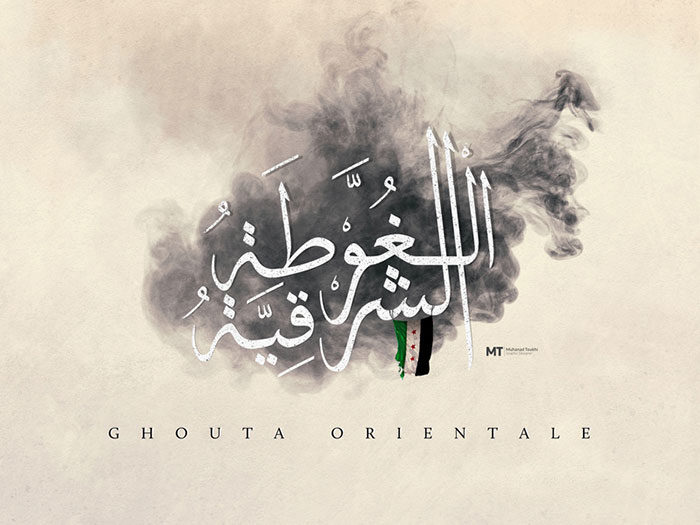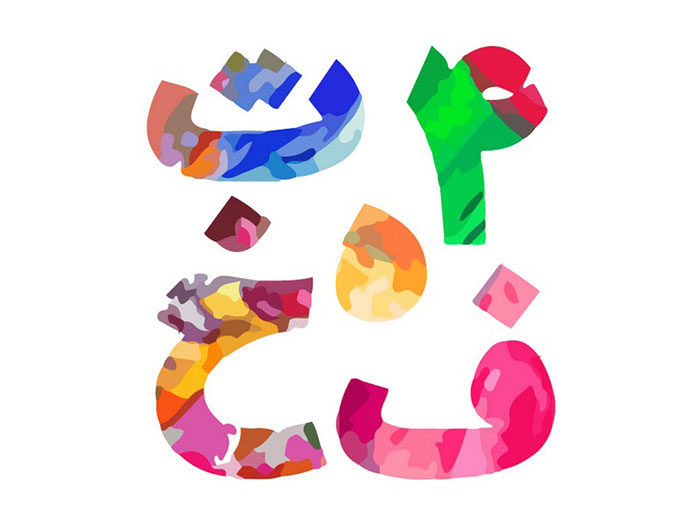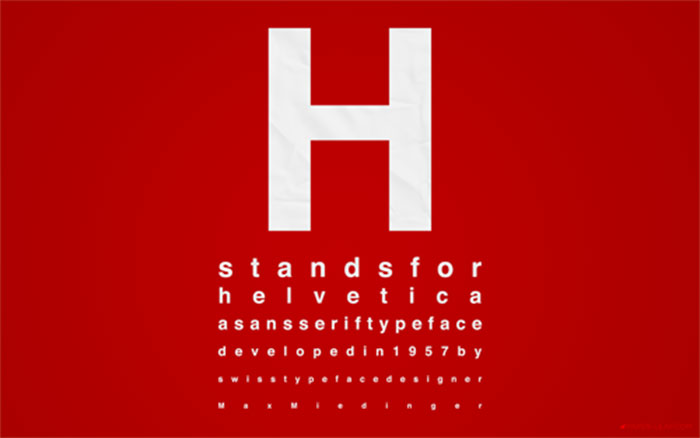Arabic typography, design and inspiration of this creative art
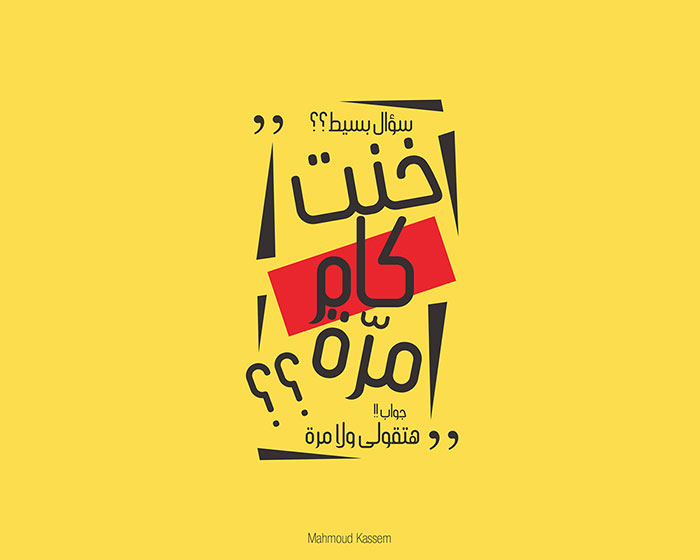
Dive deep into the fluid lines and intricate patterns of Arabic typography, where each glyph is not just a letter but an art form steeped in cultural heritage. Imagine the swirls and dots coming to life; they tell stories, evoke emotions, and connect generations.
This is not just about letters on a page. It’s a journey into the heart of Middle Eastern aesthetics, blending calligraphy, legibility, and design into a digital canvas. You’re here for a reason; you sense the power behind these ancient scripts meeting the cutting edge of today’s digital design. And that’s exactly where I’ll take you.
By the close of this article, you’ll unravel the mysteries of the Arabic script, from the flowing elegance of Naskh to the bold geometry of Kufic, understand the unique challenges in creating digital Arabic fonts, and even dip your toes into the flourishing world of Arabic calligraphic art. With insights fit for both the curious novice and the seasoned designer, you’re set to explore a form of expression that transcends time, yet is firmly rooted in the pixels of the present.
The value of an image in Arabic calligraphy
Arabic typography is cursive. This is because it is shaped by the way the movement of the pen and the flow of the hand. The result is very fluid.
The overall word is given emphasis rather than each individual letter. This is different from Latin texts, where each letter is seen to combine to shape a word.
In Arabic calligraphy, each individual letter can be changed or adapted in order to suit the form of the words which flow from the pen. This means that there are many different ways of writing each letter depending on where they are positioned and the letters placed next to them.
Some letters have alternate forms despite their position.
Arabic typography is given its character by the joining of its letters. It is this calligraphic flow or connection between letters. This creates an overall image.
The evocative power of Arabic writing lies in the calligraphic image that depends on how the symbols are joined, as it happens in some Asian writings. This image is enhanced by ornamental symbols which are included for decorative appeal. The overall result is rhythmic and very aesthetic.
This means that in Iranian calligraphy, the writer or artist will work with different techniques to create words which are visually represented.
Tools
Arabic typography uses different pens to Latin calligraphy. Practitioners use a range of different pens and ink to achieve their results. However, the most frequently used pen is:
Qalam
This pen is made from reed which has been cut and dried. It is used specifically for Arabic typography. The pen represents the wisdom of Islam. It is symbolic of the knowledge and education held within traditional Islamic culture.
Kamish Pen
This pen is used by Turkish, Iranian and Arabic practitioners. This pen is made from a reed which grows along the river. There is a long history of Arabic calligraphers using this pen, stretching back over 500 years. However, there is still a lengthy process which is carried out to prepare the pen.
Bamboo Pen
As one of the oldest pens used for Arabic lettering, bamboo pens have an edge. This edge gives practitioners the chance to create a range of movements, allowing for fluid calligraphy.
Java Pen
This edgy script enables the Arabic calligrapher to create sharp lines and precise edges. This is very effective for small scripts.
Handam Pen
This very versatile pen is suitable for all scripts. It also has the strength of the Java pen.
Celi Pen
This pen is a traditional tool for Arabic Typography. It is made from hardwood which has been specially designed for large Arabic calligraphy scripts.
Arabic Alphabet
Arabic is the second most frequently used alphabet in the world. Arabic lettering has an ancient history, and many scholars take it back to the 4th Century CE.
Words are written from right to left and the alphabet consists of 28 letters. Each letter can be written in three different styles depending on letter placement. These letter positions are called initial, medial and final. rabic is the second most frequently used alphabet in the world.

Arabic lettering has an ancient history, and many scholars take it back to the 4th Century CE. Words are written from right to left and the alphabet consists of 28 letters. Each letter can be written in three different styles depending on letter placement. These letter positions are called initial, medial and final.
Popular Scripts
Arabic scripts often come in two popular forms. The first form of Arabic calligraphy is Kufic and the second is Naskh.
Kufic comes from Iraq. This Arabic lettering was originally inscribed in stone or engraved on metal. Naskhī has its roots Mecca and Medina. This Arabic calligraphy was used to write on paper and papyrus.
Other Scripts
Alternative Arabic scripts include Thuluth, Nasta’liq and Diwani.
Thuluth dates back to medieval times and is known to be one of the oldest forms of writing. The script has been used in the Quran as well as in mosques.
Nasta’liq is used more in Persian than Arabic text. The script slants upwards and to the right and can be distinguished from Arabic calligraphy. This script has a very elegant appearance.
Diwani Dates back to the Ottoman Turks. This script appears close, and can be difficult to read as the letters sometimes intertwine.
The biggest challenge in designing an Arabic typeface.
Arabic typography can be difficult to design. This is because words often appear as a simple stroke of the pen. Modern Arabic typography has close links to historical calligraphic designs, and differs from western lettering systems.
The design process
Some designs may take weeks while others may take years. Some designs are complex and take a long time to form. Each time you make changes you’ll need to test your designs. The final form may take time to emerge.
These days, designing fonts is easier. The more experienced you are as a designer, the easier your process will be. However, the organic curves and free flow in Arabic typography will make a font harder to design.
The role of typography in the Islamic culture
Islamic typography has been given a lot of value because writing is allowed by religion while many other practices are not.
Many images are not permitted to be shown in Arabic cultures. However, Arabic calligraphy may be used to share messages. Arabic calligraphy is a form of art used to add both meaning and aesthetic value to buildings as well as places of worship.
Arabic typography is therefore used to evoke beautiful images as well as share sacred messages. Arabic calligraphy offers up both beauty and spiritual relevance.
Arabic lettering can be found in architecture. It is incredibly beautiful but has not only been used for its aesthetic value. Instead, it is also used to create sacred spaces, with the text offering transcendence.
Kufic calligraphy has been used most frequently in decoration. The text has high symbolic value as it was the text which was used in very early editions of the Koran. This has made it a favorite in architecture because of its sacred value.
Arabic typography inspiration
Each inspiration will find inspiration in unique ways. Some designers may find inspiration from spiritual spaces, while others may fall in love with shape or architecture.
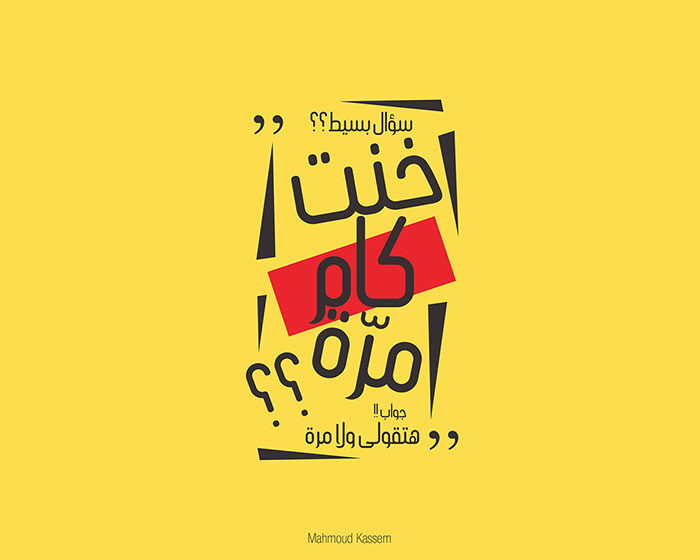
Arabic typography often finds inspiration in nature and images of the wild are included in paper. Emotions have often been a great form of inspiration and are often expressed in Arabic typography.
FAQ on Arabic typography
What is Arabic typography?
Arabic typography is the craft of arranging Arabic script in a visually appealing and readable way. It combines the art of calligraphy and graphic design to create font styles that maintain the fluidity and cultural significance of this ancient writing system.
How does Arabic typography differ from Latin typography?
Arabic typography is distinct due to its right-to-left flow, unique script features like joining letters, and the inclusion of diacritical marks. The inherent complexity of script variants like Naskh, Thuluth, and Kufic also sets it apart from the relatively straightforward Latin script.
Why is Arabic typography important in design?
Incorporating Arabic typography is essential for culturally relevant designs in the Arabic-speaking world. It ensures effective communication and resonates with the audience by respecting linguistic nuances and Middle Eastern aesthetics.
What are the challenges of designing with Arabic typography?
Designing with Arabic typography involves understanding the script’s calligraphic roots, ensuring legibility in digital formats, and accommodating ligatures. It’s a balancing act between traditional artistry and modern-day typographic design requirements.
What are the most popular Arabic typefaces?
Popular typefaces include traditional styles like Naskh and modern adaptations such as Amiri and Tahoma Arabic. The preference depends on context, whether it’s Quranic script or contemporary digital typography.
How have digital fonts affected Arabic typography?
Digital fonts have revolutionized Arabic typography, enabling more consistency and broader usage across media. However, representing script complexity in typographic design and ensuring character connectivity in software remain challenges in the digital space.
Can Arabic typography be used for branding?
Absolutely. Arabic typography is a powerful branding tool. It can incorporate elements like calligraphic flair and modern typeface to evoke emotions and convey a brand’s essence in a culturally resonant manner.
What software is used for creating Arabic fonts?
Designers typically use graphic design software like Adobe Illustrator or Glyphs. These tools support right-to-left scripts and complex type design specifics required for crafting Arabic typographic fonts.
How does multicultural typography incorporate Arabic script?
Multicultural typography blends scripts like Arabic with others, ensuring visual harmony and readability. It often involves typeface pairing and careful design to build cross-cultural communication bridges through multilingual typography.
What’s the future of Arabic typography?
The future of Arabic typography looks bright, with advancements in digital design platforms, web fonts, and Unicode Consortium‘s efforts in standardizing scripts. Innovation in type design and calligraphic art will likely enhance its digital adaptability and creative potential.
Conclusion
So there you have it, a bundle of free for commercial use fonts that could seriously spice up your next project. It’s your turn to take these typefaces, each with their own calligraphic twists or modern strokes, and make something awesome.
- Ready to roll?
- Eager to design?
- Amped to tell a story?
Well, dive right in! The beauty of these fonts, beyond costing you a whole zero bucks, is how they open doors to new expressions, bold statements, and maybe that ‘wow’ factor you’ve been chasing.
Hey, remember the swell ligatures and sleek glyphs we talked about? They’re not just fancy words; they’re your new best friends. And those typographic design tricks up your sleeve? It’s showtime.
As you log off, think of the Arabic script—a canvas waiting for your splash of creativity. Use it with respect.
Embrace the flow. Create with heart. And above all, let your work speak—in the language of stunning, accessible typography.
If you enjoyed reading this article about Arabic typography, you should read these as well:
- The Bethesda Logo History, Colors, Font, And Meaning - 28 April 2024
- Out of This World: Space Color Palettes for Cosmic Designs - 28 April 2024
- The Bungie Logo History, Colors, Font, And Meaning - 27 April 2024






